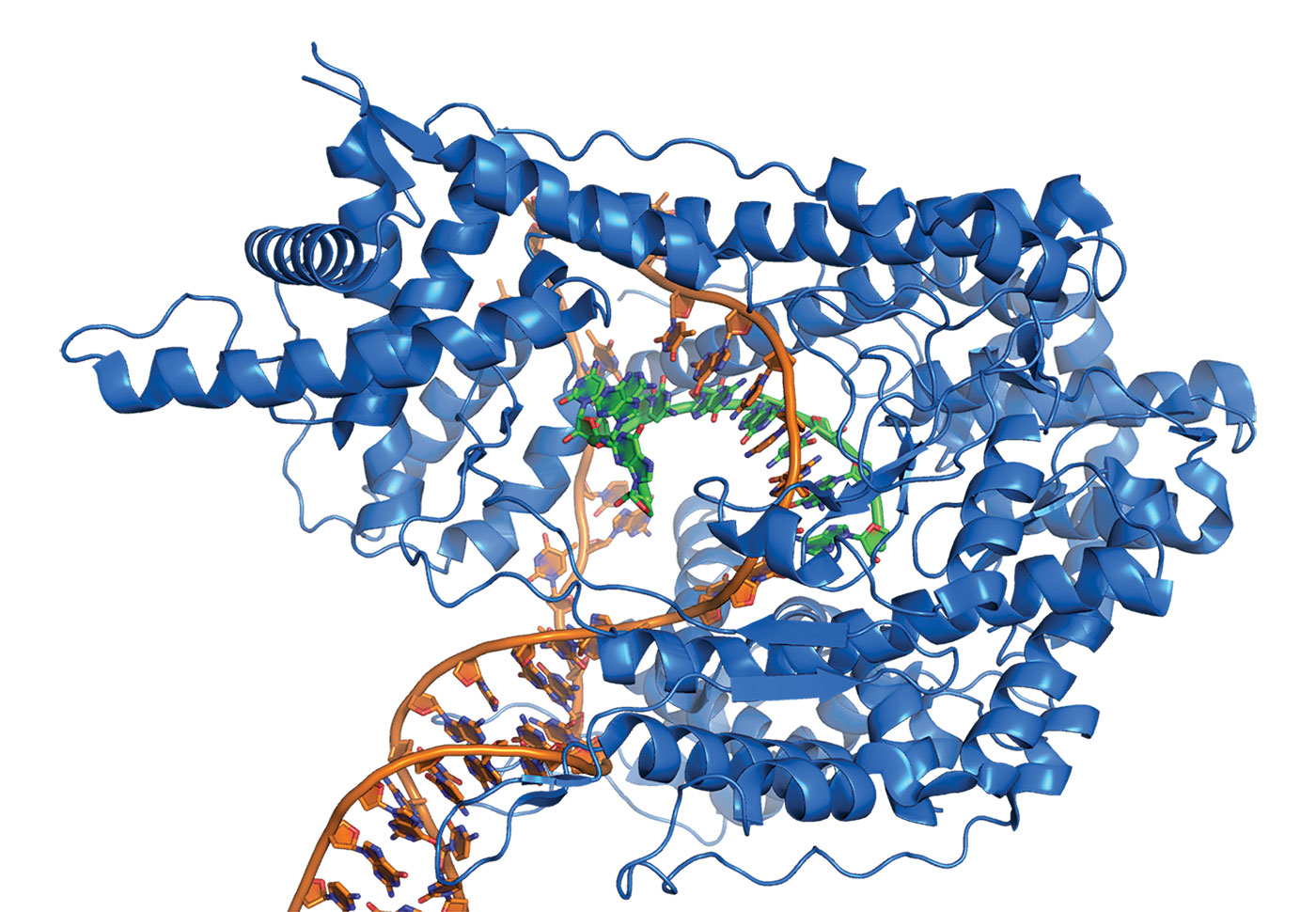Human speech requires precisely organized body parts and biochemicals that are certainly complicated enough on their own to have warranted their special creation. But a new study indicates that gestures also play a key role in interpersonal interactions. So many factors must combine in human communication that it would be far too improbable for them to have been integrated and coordinated without a purpose-minded builder.
The human ability to speak is unique and amazing. Just before a person speaks, for example, raw thoughts are edited using areas of the frontal lobe. Then, jaw, lip, cheek, tongue, diaphragm, rib, and larynx muscles are precisely innervated to produce information-rich sounds, which are only effective if the hearer has a complete set of the appropriate auditory hardware and software, including knowledge of the language spoken.
But when humans communicate, they do more than just speak. A team of psychological scientists found that communication was accomplished more accurately and faster when hand gestures matched the content of what was spoken. An Association for Psychological Science press release about the research published in Psychological Science stated, “These results indicate that gesture and speech form an integrated system that helps us in language comprehension.”1
But where do integrated systems come from? Could humans’ unique, multi-faceted speech abilities have been generated through random processes? Such a conclusion would defy observation and experience, which demonstrate that randomness produces disorder, not function.
And among mammals, only humans have prominent white parts in their eyes, called sclera, that are always visible to others. Chimpanzee eyes, for example, see the same image data, but they have largely pigmented, or colored, sclera. The whites of human eyes don’t allow them to see better, but they can be used to communicate. For example, the eyes can “point” in a particular direction, or express disagreement by being rolled expressively, or widen in surprise, and much more.
Thus, humanity appears uniquely outfitted to use voices, bodies, and subtle facial gestures in seamless coordination to communicate. These “well fit” features speak clearly of their design in general. But the fact that humans appear to be well fit in these particular ways speaks just as clearly of their having been designed to communicate, as though they were made “in the image” of a God who communicates.2
Not coincidentally, the same God who says He made them in His image has also revealed His desire for special communion with His created humans,3 as well as providing the way for them to come to Him.4
References
- Two Sides of the Same Coin: Speech and Gesture Mutually Interact to Enhance Comprehension. Association for Psychological Science press release, January 4, 2010, reporting on the article by the same name by Kelly, S. D., A. Ozyurek and E. Maris published in Psychological Science.
- Genesis 1:27.
- For example, Isaiah 1:18 says, “Come now, and let us reason together, saith the LORD: though your sins be as scarlet, they shall be as white as snow; though they be red like crimson, they shall be as wool.”
- For God so loved the world, that he gave his only begotten Son, that whosoever believeth in him should not perish, but have everlasting life (John 3:16).
* Mr. Thomas is Science Writer at the Institute for Creation Research.
Article posted on January 14, 2010.





















